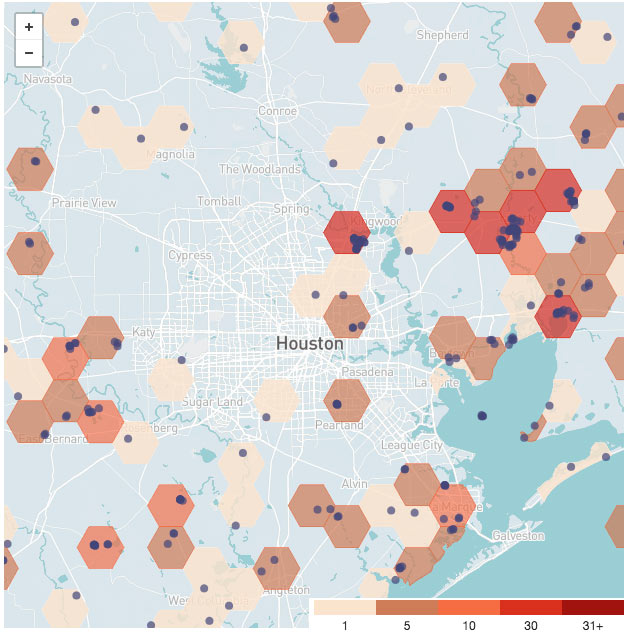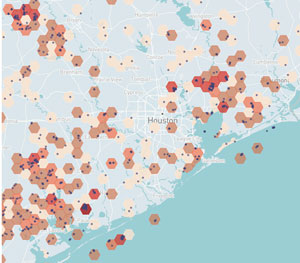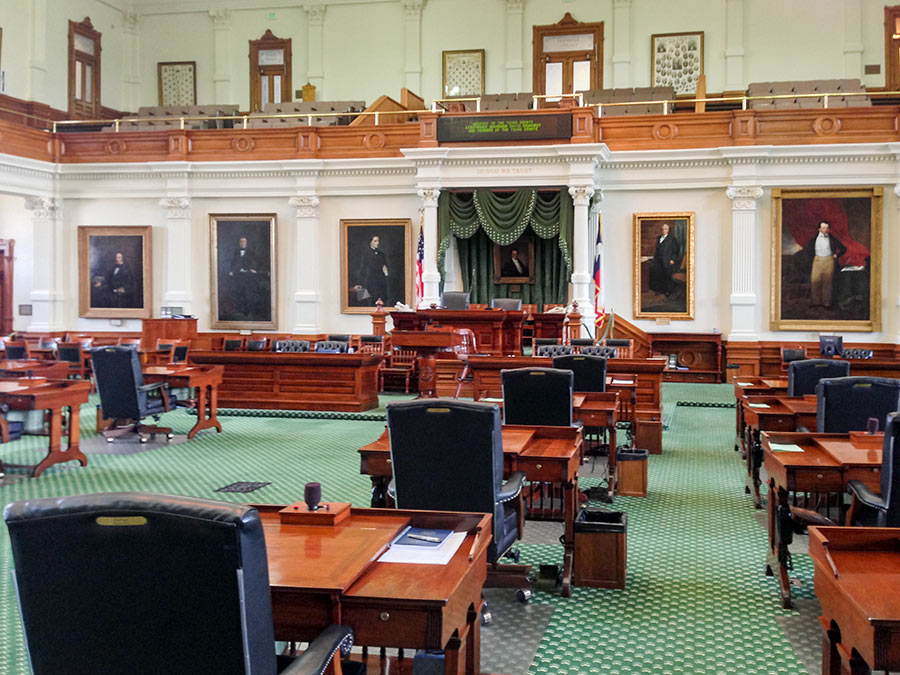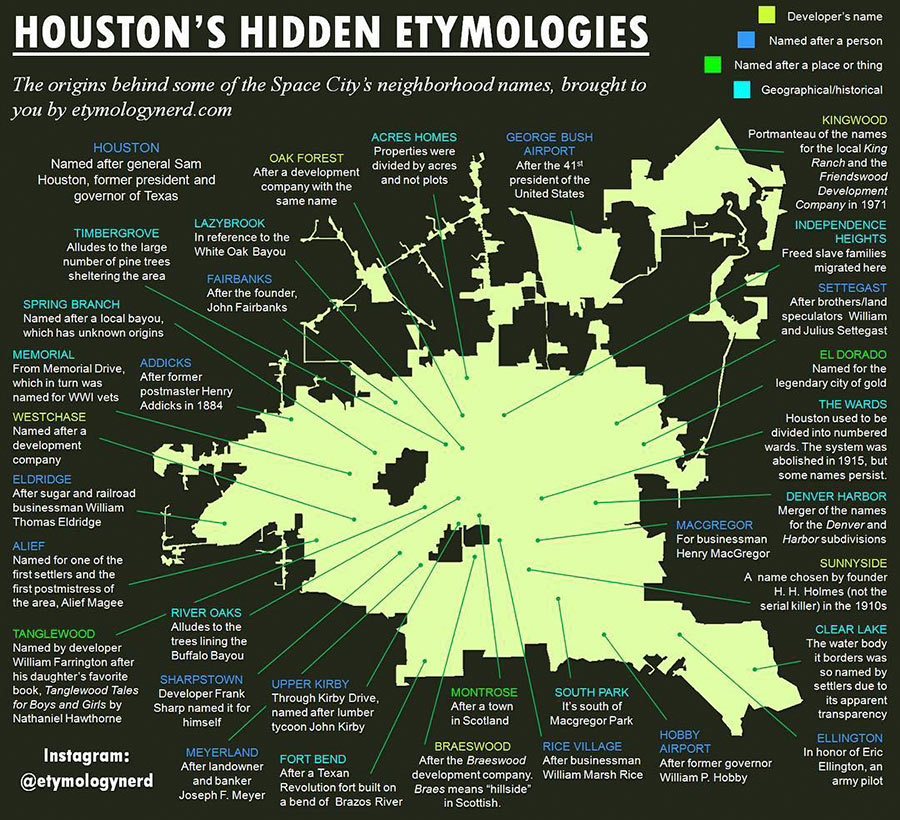
 The map above (a snap from Luke Whyte’s click-and-zoom-able original version, published this week by the Texas Tribune) shows the abandoned oil and gas wells scattered in and around the Houston area, per the official accounting of the Texas Railroad Commission. The state agency (which has had nothing to do with railroads since 2005) regulates pipelines, oil, and gas, and keeps tabs on so-called “orphaned wells” whose original owners have stopped keeping tabs on them for one reason or another, writes Jim Malewitz this week — the ones that were reported in the first place, that is. Kerry Knorpp, formerly on a defunct state committee overseeing oilfield cleanup efforts, also tells Malewitz that “there is about to be a tsunami of [newly] abandoned wells — wells were drilled at $110 oil that you would have never completed otherwise.â€
The map above (a snap from Luke Whyte’s click-and-zoom-able original version, published this week by the Texas Tribune) shows the abandoned oil and gas wells scattered in and around the Houston area, per the official accounting of the Texas Railroad Commission. The state agency (which has had nothing to do with railroads since 2005) regulates pipelines, oil, and gas, and keeps tabs on so-called “orphaned wells” whose original owners have stopped keeping tabs on them for one reason or another, writes Jim Malewitz this week — the ones that were reported in the first place, that is. Kerry Knorpp, formerly on a defunct state committee overseeing oilfield cleanup efforts, also tells Malewitz that “there is about to be a tsunami of [newly] abandoned wells — wells were drilled at $110 oil that you would have never completed otherwise.â€
The shaded hexagons above are meant to help show the density of those holes, not the degree to which they might pose a pollution hazard (though the agency ranks each well by its hazard potential, too, to help it decide which ones to plug up first, of the more than 10,000 currently on the docket).
Just what kind of hazards can a bunch of abandoned holes pose, anyway?
***
Malewitz writes that some of the state’s older boreholes have been caught in the act of leaking fluids to the surface, particularly in cases where salty and corrosive water in some geologic layers appears to have eaten through older well casings and started flowing upward (as happened to form the toxic West Texas puddle known as Boehmer Lake). (The underground leaks, however, aren’t always so obvious.) But even the newer holes, lined with heartier modern casings and materials, can become problems if they weren’t constructed carefully — as former Railroad Commission advisor Robert Traylor suggests has probably been the case for some wells built in a hurry at the height of the state’s most recent petro-boom.
Moreover, Malewitz notes, the recent drop in oil prices (and, consequently, the reduced rate of new drilling) has reduced the TRC’s revenue stream for clean-up costs, which comes from industry fees — meaning that as more abandoned wells crop up, there’s less money available to the agency to deal with them.
- Abandoned Texas oil wells seen as “ticking time bombs” of contamination [Texas Tribune]
- Previously on Swamplot:Â RRC: Your Drinking Water Probably Hasn’t Been Poisoned by Those Wells We Weren’t Tracking
Maps: Luke Whyte for Texas Tribune





Perhaps Mr. Trump will plug these …..
Nawwwww
WR- just like the guy in charge for the last 8 years did? Is your computer powered by something we haven’t heard of? Please share.